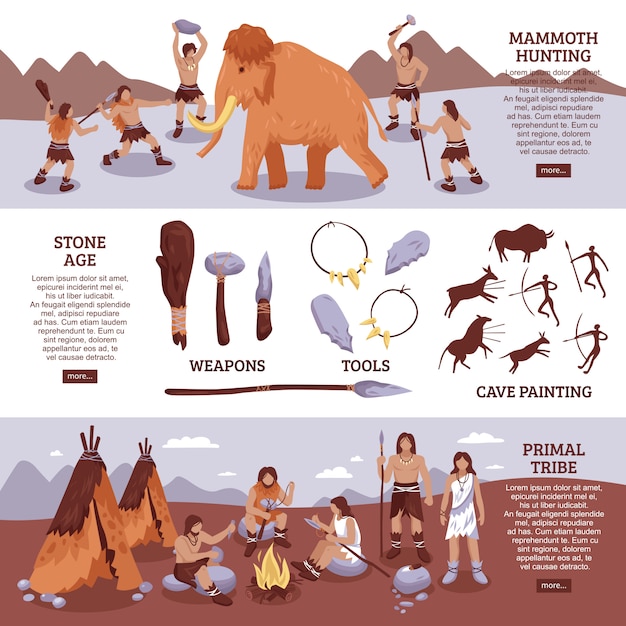Homo habilis Facts – Discovering the Ancient Toolmakers

Homo habilis, or handy man, was the first early human species to use tools.
Homo habilis lived approximately 2.4 to 1.4 million years ago.
This species had a brain size of about 600-700cc, larger than that of their ancestors.
Homo habilis had a more upright posture compared to earlier hominins.
They were able to control fire, which provided them with warmth and protection.
Homo habilis was a meat-eater and likely scavenged for food.
These early humans are believed to have lived in caves or simple shelters.
Homo habilis had a slightly larger body size compared to earlier hominins.
Their skeletal structure indicated that they had the ability to walk bipedally.
Homo habilis had an elongated thumb, which would have improved their tool-making abilities.
They used stones to make tools, including stone flakes and cores.
Their tools were often used for cutting and scraping.
Homo habilis may have used animal bones and wood as well as stone to construct their tools.
They are considered to be the link between early hominins and the genus Homo.
Homo habilis had a relatively short lifespan, with an average age of around 45 years.
These early humans were likely social beings, living in small groups for protection and cooperation.
Homo habilis had the ability to communicate through basic gestures and vocalizations.
They were opportunistic hunters and gatherers, utilizing their tools to procure food.
Homo habilis Facts – Discovering the Ancient Toolmakers part 2
Homo habilis had more dexterous hands compared to earlier hominins, allowing for greater tool manipulation.
These early humans likely faced competition and predation from other species, such as large carnivores.
Homo habilis had a wider diet compared to their ancestors, incorporating a variety of plant and animal foods.
Their use of tools allowed Homo habilis to exploit new food sources and environments.
Homo habilis likely had a hierarchical social structure, with dominant individuals having more resources and mates.
They had the capability to adapt to changing environments, making them a successful species during their time.
Homo habilis had a more advanced cognitive ability compared to earlier hominins, as evidenced by their tool-making skills.
They were the first early humans to exhibit characteristics of modern human behavior, such as using tools for specific tasks.
Homo habilis had a more complex and flexible diet, which may have contributed to their increased brain size.
Their ability to control fire would have provided them with a significant advantage in terms of warmth and protection.
Homo habilis likely had a more varied and diverse culture compared to earlier hominins.
Their tool-making skills may have been passed down through generations, indicating a form of cultural transmission.
Homo habilis had a more advanced understanding of their environment, allowing them to exploit different resources.
Their ability to make and use tools marked a major step forward in human evolution.
Homo habilis were the pioneers of technology, laying the foundation for future advancements.
Their ability to adapt and innovate was crucial for their survival in changing environments.
Homo habilis were the first humans to have the ability to shape their environment through tool-making.
These early humans may have developed social bonds through the sharing of food and resources.
Homo habilis were likely curious and adventurous, exploring new territories in search of resources.
Their use of tools gave Homo habilis a significant advantage over other species, allowing them to become more efficient hunters and gatherers.
These early humans had the ability to problem-solve and think critically in order to create tools for specific tasks.
Homo habilis were highly adaptable, allowing them to colonize different regions and environments.
Their tool-making abilities allowed Homo habilis to spend less time foraging for food, as they could efficiently process and utilize resources.
Homo habilis had an increased ability for spatial reasoning compared to earlier hominins, as evidenced by their tool-making skills.
These early humans likely had a rich and diverse cultural heritage, with various regional variations in tool-making techniques.
Homo habilis likely had a division of labor within their communities, with specialized individuals focusing on specific tasks.
Their use of tools marked a turning point in human evolution, setting the stage for the development of more advanced species such as Homo erectus.

